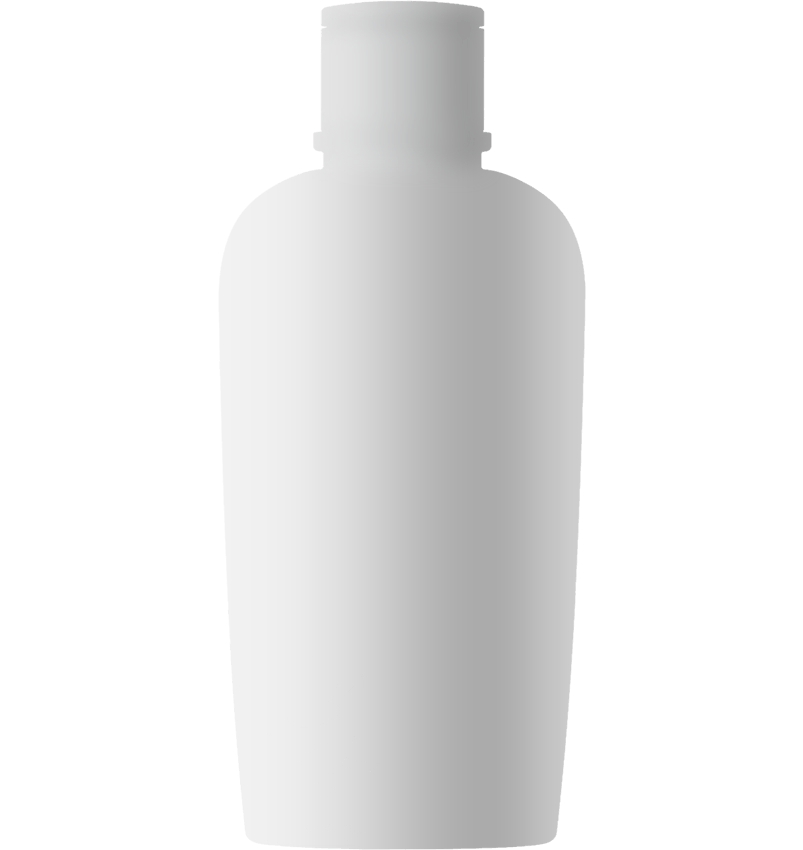Rhinoplasty
Rhinoplasty is a surgical procedure designed to reshape the nose. While it is commonly performed for aesthetic purposes, it can also address functional issues such as breathing difficulties. Rhinoplasty can alter the size, shape, or proportions of the nose, significantly enhancing overall facial harmony and appearance.
This procedure includes various corrections, such as removing bumps on the nasal bridge, reshaping the nasal tip, adjusting the size of the nostrils, modifying the width of the nasal bridge, or changing the angle between the nose and upper lip. It is also effective in correcting congenital deformities, repairing damage caused by injuries or trauma, and resolving structural issues that cause breathing problems.
Understanding Rhinoplasty: A Leading Aesthetic and Functional Solution
Rhinoplasty, commonly known as a “nose job,” represents a significant segment in the global aesthetic surgery market. As one of the most sought-after cosmetic procedures worldwide, it combines advanced surgical expertise with measurable patient outcomes.
This dual-purpose procedure delivers both aesthetic enhancement and functional improvement, addressing market demands for comprehensive facial rejuvenation solutions. Our surgical expertise enables precise modifications to the nose’s architecture – including bridge refinement, tip enhancement, and structural correction – while maintaining optimal breathing functionality.




